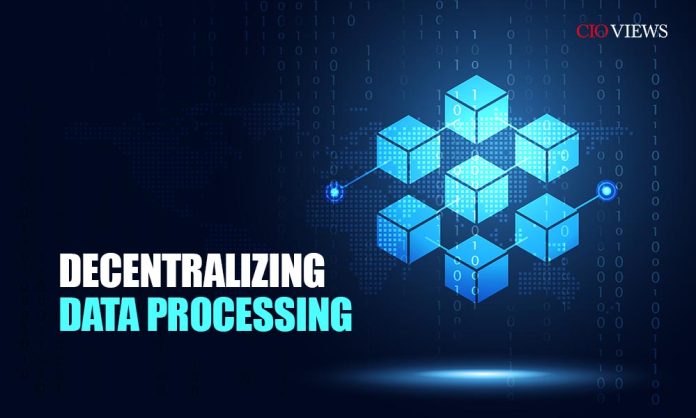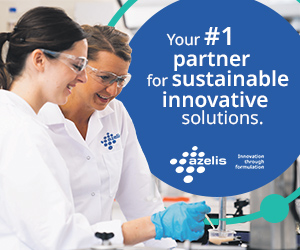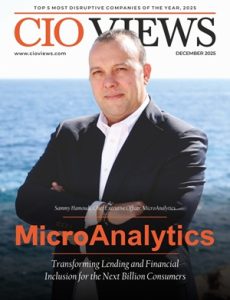As we advance into 2025, the paradigm of centralized data processing is gradually giving way to a more robust, decentralized model. With businesses handling exponentially growing volumes of data, traditional methods are being strained beyond capacity. Decentralized data processing emerges not just as a trend but as a strategic necessity. It ensures enhanced scalability, faster access, improved security, and cost-effective operations, which are vital for maintaining competitive advantage in a hyper-connected world.
What is Decentralized Data Processing?
Decentralized data processing refers to the distribution of data processing tasks across multiple independent nodes or systems, rather than relying on a centralized server or mainframe architecture. Each node can store, process, and manage data locally, reducing latency and improving system-wide resilience.
This approach has gained significant traction with the rise of technologies such as blockchain, edge computing, IoT, and multi-cloud environments. These technologies allow for parallel processing, real-time data analysis, and failover capabilities, making decentralization a cornerstone of digital transformation strategies in 2025.
The Core Advantages of Decentralized Data Processing
1. Improved Efficiency and Speed
In a centralized model, data has to travel back and forth from the central server, causing latency and bandwidth issues. With decentralization, data is processed closer to the source, minimizing delay and optimizing resource usage. This leads to quicker insights, faster decision-making, and a significant reduction in operational bottlenecks.
2. Enhanced Data Security and Privacy
By distributing data across various nodes, decentralized systems reduce the risk of single points of failure. Even if one node is compromised, the rest of the network remains unaffected. This architecture supports data encryption, access controls, and anonymization techniques more effectively, thereby reinforcing cybersecurity and compliance with data protection regulations such as GDPR and CCPA.
3. Greater Scalability and Flexibility
Decentralized systems can be scaled more easily than centralized ones. As organizations grow, they can add more nodes without overhauling their existing architecture. This modular approach not only enhances system flexibility but also ensures business continuity, especially in industries like finance, healthcare, and supply chain, where uptime and data reliability are critical.
4. Cost Optimization
By leveraging localized data centers, edge devices, and hybrid cloud platforms, organizations can reduce reliance on expensive centralized infrastructure. This helps lower costs related to data transmission, storage, and maintenance, offering a more economical model for data-driven operations.
Key Technologies Powering Decentralized Processing in 2025
Edge Computing
Edge computing plays a pivotal role in decentralizing data processing. It pushes computation closer to the devices and sensors generating the data, allowing for real-time analytics and reduced cloud dependency. Applications in smart cities, autonomous vehicles, and industrial IoT heavily depend on edge computing to function optimally.
Blockchain and Distributed Ledgers
The immutability, transparency, and decentralization offered by blockchain technology make it a fundamental enabler of secure data sharing and processing. In 2025, industries like finance, logistics, and healthcare are leveraging blockchain for everything from identity verification to supply chain traceability, thanks to its ability to maintain consistent and tamper-proof records across all nodes.
Federated Learning
This technique allows machine learning models to be trained across multiple decentralized devices while ensuring that raw data never leaves the local device. It’s particularly useful in sensitive industries like healthcare and banking, where data privacy is paramount. By decentralizing AI training, federated learning enhances privacy, efficiency, and model accuracy.
Multi-Cloud and Hybrid Cloud Architectures
Organizations in 2025 are increasingly adopting multi-cloud and hybrid cloud strategies to diversify their computing environments. This decentralizes data storage and processing across different cloud vendors, preventing vendor lock-in and improving system resilience.
Use Cases of Decentralized Data Processing in 2025
Smart Manufacturing
Manufacturers are deploying edge computing devices on factory floors to collect and process data in real-time. This enables predictive maintenance, quality control, and autonomous decision-making without relying on a centralized system.
Healthcare and Telemedicine
Hospitals and clinics use decentralized models to securely share patient data among departments and with external partners. Federated learning is being used to develop AI diagnostics tools without compromising patient confidentiality.
Financial Services
Banks are utilizing blockchain technology for decentralized transaction processing, reducing fraud, improving transparency, and streamlining cross-border payments.
Smart Cities and Utilities
City administrations are leveraging IoT and edge computing to manage traffic, utilities, and public safety systems in real-time, ensuring responsive governance and optimal resource allocation.
Challenges in Adopting Decentralized Data Processing
Infrastructure and Integration Complexity
Setting up and maintaining a decentralized architecture involves significant planning, technical know-how, and interoperability solutions. Seamlessly integrating existing systems with new decentralized frameworks remains a complex task.
Data Consistency and Synchronization
Ensuring real-time synchronization and data consistency across distributed nodes is challenging, especially when network latency and device limitations come into play. Sophisticated consensus algorithms and data reconciliation strategies are necessary.
Security Risks at Edge Points
While decentralization mitigates centralized vulnerabilities, it increases the number of attack surfaces. Edge devices, if not properly secured, can become entry points for malware, data breaches, or denial-of-service attacks.
Future Outlook: A Fully Decentralized Data Ecosystem
As the world becomes more connected, decentralized data processing will become the default standard across industries. Innovations in AI, quantum computing, and 5G/6G networks will further empower decentralized architectures. In the next five years, we expect to see the rise of autonomous data systems capable of self-learning, auto-healing, and contextual decision-making without centralized oversight.
Organizations that invest in decentralized infrastructure today will be better positioned to lead the data economy of tomorrow. By enabling real-time intelligence, enhanced security, and global scalability, decentralization is not just about IT efficiency—it’s about future-proofing entire business models.





